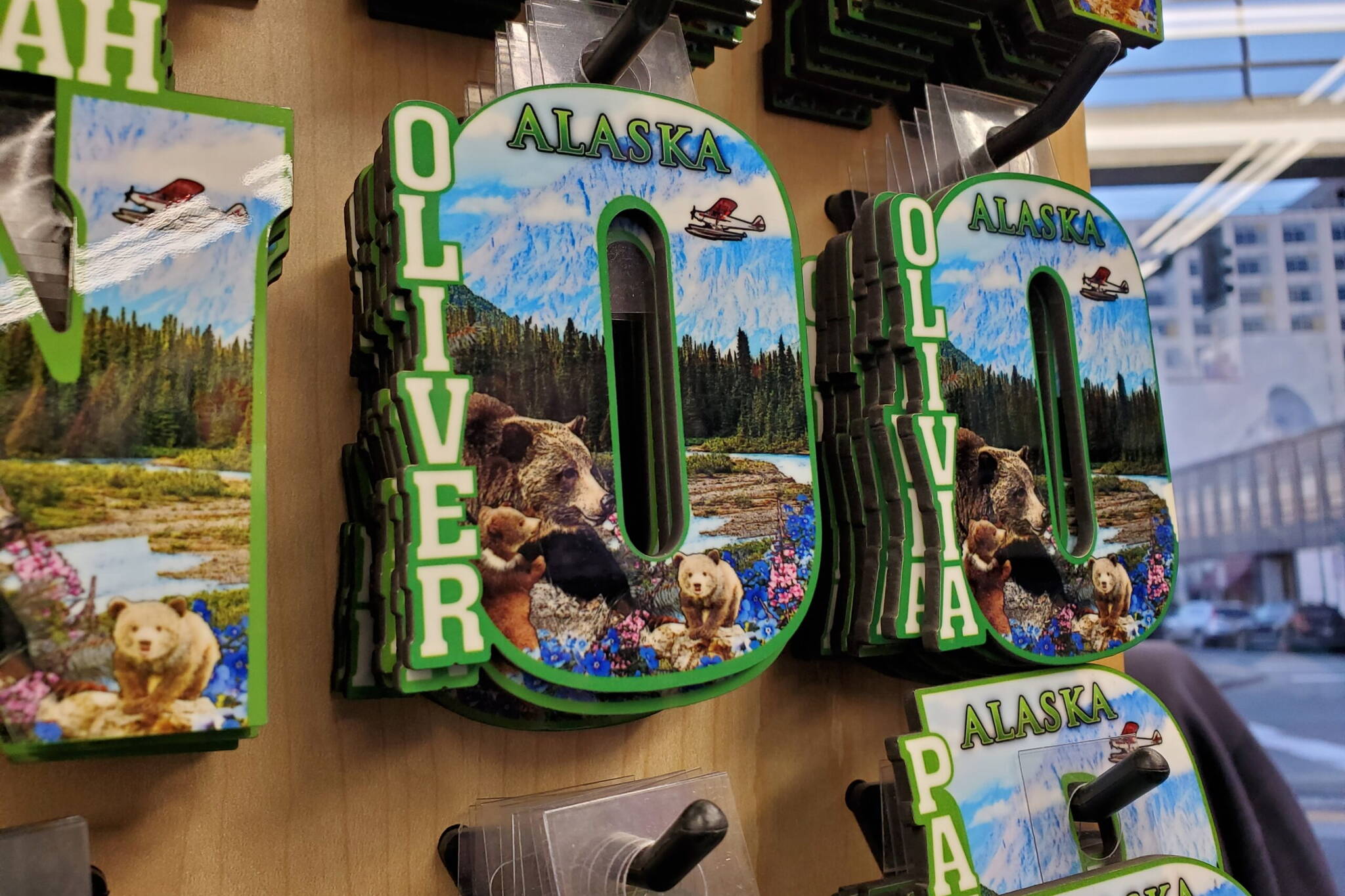Dangers from COVID-19 may be gradually fading in Alaska, with fewer deaths caused by the infectious disease that gripped the world in an historic pandemic, according to data within the state’s newly released vital statistics report.
The Alaska Vital Statistics 2022 Annual Report showed that COVID-19 was recorded as the fourth-leading cause of death in Alaska that year. That is a change from 2021, when COVID-19 was the state’s No. 3 cause of death.
The report is produced annually by the Alaska Department of Health’s Division of Public Health and is packed with details about births, deaths, marriages, divorces and other events that shaped Alaska’s population during the year.
Meanwhile, overall deaths and death rates declined, while estimated lifespans increased from the previous year, though none of those metrics returned to pre-pandemic level, according to the report. Overall, there were 5,701 total deaths in 2022, fewer than the 6,220 in 2021 but more than in the three years before then.
COVID-19 remains a serious threat to Alaskans, and it is too soon to tell whether rates will continue to decline, the Department of Health said in an emailed statement.
“We don’t yet have enough data to know whether 2022 represents the start of a long-term decreasing trend or just a correction following a particularly lethal surge,” the emailed statement said.
In 2021, when the delta strain was dominant, Alaska had an age-adjusted COVID death rate of 106.4 per 100,000 people, the statistics showed. That rate dropped significantly to 37.6 per 100,000 people in 2022, coinciding with the mutation from the delta strain to the less-severe omicron strain, the statistics showed.
Cancer, heart disease and accidents were the top causes of death in 2022, a ranking similar to those in pre-pandemic years.
Alaskans’ average life expectancy in 2022 was calculated at 76.8 years, up from the 2021 rate of 75.4 years. Average lifespans had declined in the years prior; the average calculated at 79.9 years in 2018 bottomed out in 2021, the peak year for the COVID-19 pandemic.
As is consistently the case in the United States, average life expectancy for women in 2022 was higher than that for men, 79.4 years compared to 74.5 years, according to the report. By ethnic group, Alaska’s Asian/Pacific Islanders had the highest average life expectancy, at 82.3 years; Indigenous residents had the lowest, at 66 years.
Statistics on drug-induced deaths, in both the vital statistics report and in a separate report specifically about fatal overdoses, showed a potentially positive sign. There were 247 overdose deaths in 2022, slightly fewer than the 255 counted the year before. In contrast, Alaska’s 2021 overdose-fatality total represented a 75% increase from the year prior, the sharpest rise among all U.S. states.
Despite the small decline, total drug-overdose deaths in 2022 total remained significantly higher than those in the three years prior to 2021, Department of Health officials noted in their emailed statement. As with COVID-19, “there’s not yet enough data to determine whether 2022’s decrease represents the start of a downward trend, or a temporary blip,” the statement said.
In other categories, Alaska’s trends continued as they have in recent years, according to the annual report.
That was notably the case for births. There were fewer babies born in 2022 than in the previous year, extending a yearslong downward trend.
Annual births in Alaska topped 11,000 from 2007 to 2016, but they have declined every year since then, according to state records. In 2022, there were 9,361 Alaska babies born, 50 fewer than in 2021, according to the report and 739 fewer than in 2018, according to the report.
Alaska’s fertility rate – calculated as births per 1,000 women aged 15 to 44 – continued to decline, hitting 63.8 in 2022, the report said. In 2018, the rate was 69.5, and it has dropped steadily since.
Among the babies born in the state, the report said, Oliver was the most popular name for boys, as was the case in some previous years. Other top names for boys were Liam, James, Theodore, Lucas and William.
For baby girls, one of the most popular names was fitting in a state known for its displays of the northern lights: Aurora, which tied with Charlotte at the top of the list. Other popular names for girls were Amelia, Emma, Evelyn, Olivia, Penelope and Scarlett.
• Yereth Rosen came to Alaska in 1987 to work for the Anchorage Times. She has reported for Reuters, for the Alaska Dispatch News, for Arctic Today and for other organizations. She covers environmental issues, energy, climate change, natural resources, economic and business news, health, science and Arctic concerns. This story originally appeared at alaskabeacon.com. Alaska Beacon, an affiliate of States Newsroom, is an independent, nonpartisan news organization focused on connecting Alaskans to their state government.

